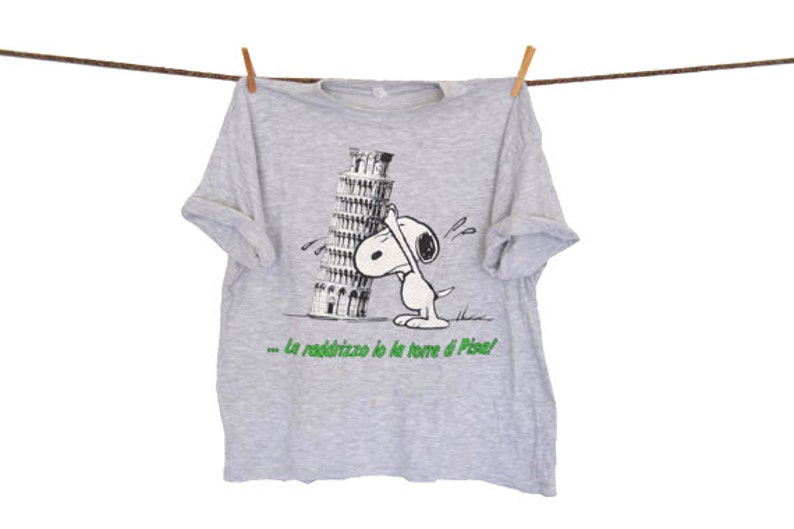

In addition to the geotechnical factors, the original soil conditions are also important to consider. 3 - Leaning Tower of Pisa - Soil Profile. “ The leaning tower of Pisa: End of an Odyssey”. This further contributed to the uneven height of the soil.įigure 1. As those sea organisms, which came from the Arno and Serchio rivers located on the north side of the tower, accumulated over time, the northern base of the tower grew higher and higher. Marine organisms, especially those animals with shells, were one of the components of the sediments in the estuarine environment. Because of this, sedimentation would occur and be deposited in the soil. The construction location of the tower is located near the seashore, and the high-water table results in subsoils soaked in sea water. The geological environment of this tower contributes to the chaotic nature of the soil in this layer. The upper horizon, Horizon A, from 3 to 10 m, was quite dependent on tidal conditions. Architects needed to be considerate of the properties of the different soil layers in order to avoid any construction accidents. However, the complexity of the soil profile would require more than that in order to achieve stability at the base of the tower.Īs figure 1 shows, the stratigraphy of the soil under the Tower of Pisa is quite complicated. Those architects believed that a three-meter foundation was deep enough as the Tower of Pisa was going to be a relatively short structure. Ancient Romans used massive stone pillars- piles rested on earth’s stable bedrock.

At that time, those engineers and architects knew far less about the ground they would construct on than we do now. The most important factor at this point in time, and the one that would ultimately contribute the most to the tower’s tilt, is the engineers’ lack of understanding of the soil profile at the tower’s base. It goes without saying that since the very beginning of the tower construction process, there were already existing factors that could cause the tilt.


 0 kommentar(er)
0 kommentar(er)
